Twenty-five years have passed since the Hubble Space Telescope was launched into orbit. ScoopWhoop reproduces a series of images of the universe released by National Aeronautics and Space Administration (NASA) taken over the years.
You will be spell bound with what you see next!
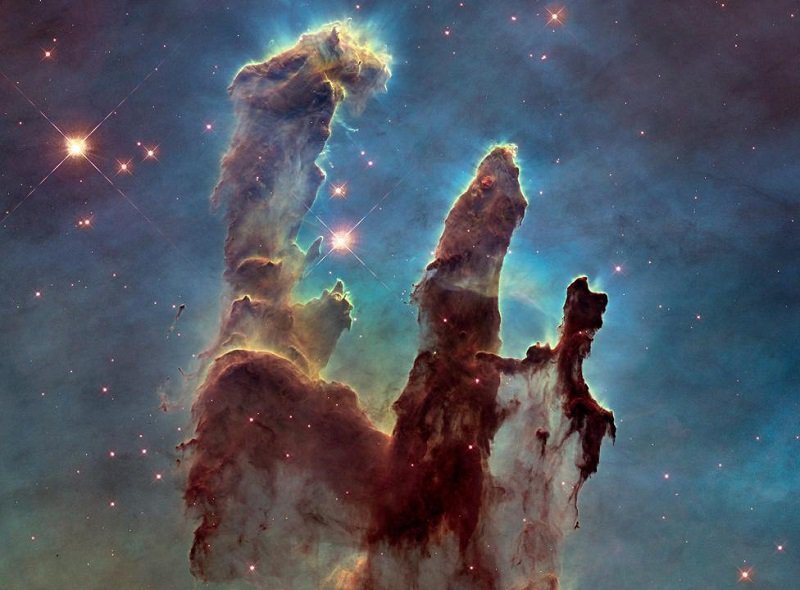
A Hubble telescope photograph of the iconic Eagle Nebula’s Pillars of Creation. By comparing 1995 and 2014 pictures, astronomers noticed a lengthening of a narrow jet-like feature that may have been ejected from a newly forming star. Over the intervening 19 years, this jet has stretched farther into space, across an additional 60 billion miles, at an estimated speed of about 450,000 miles per hour, according to NASA. REUTERS/NASA/ESA/Hubble | January 06, 2015
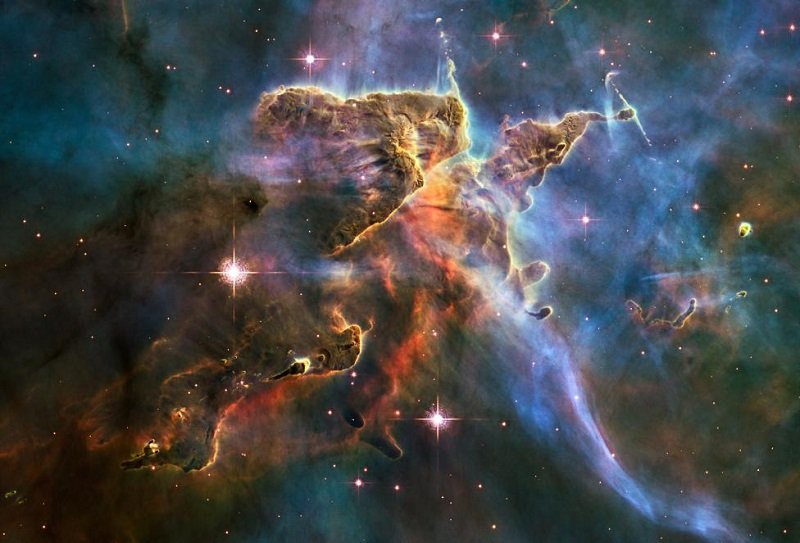
The tempestuous stellar nursery called the Carina Nebula, located 7,500 light-years away from Earth in the southern constellation Carina. REUTERS/NASA | April 24, 2010
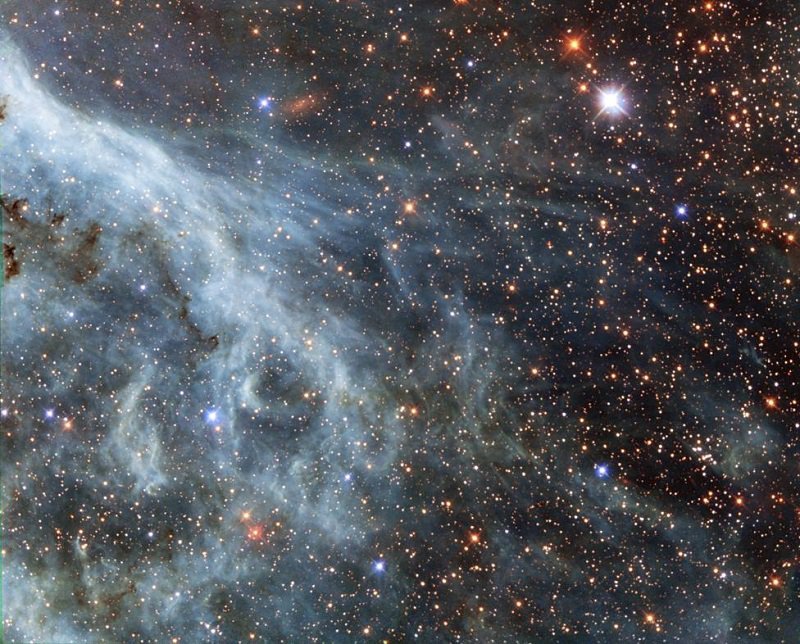
A section of the Tarantula Nebula, located within the Large Magellanic Cloud. The LMC is a small nearby galaxy that orbits our galaxy, the Milky Way, and appears as a blurred blob in our skies. REUTERS/NASA/ESA/Hubble | October 21, 2014
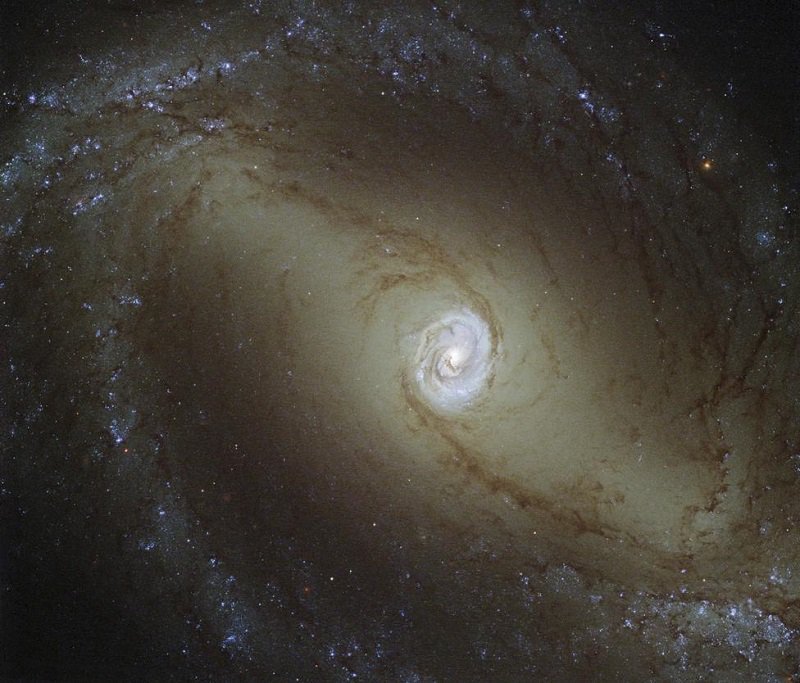
A spiral galaxy known as NGC 1433, about 32 million light-years from Earth. REUTERS/ESA/Hubble/NASA | July 11, 2014
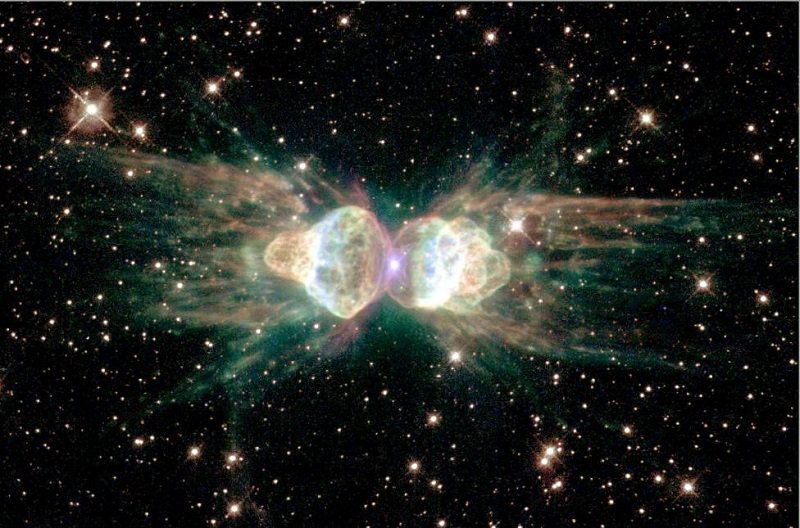
The glowing remains of a dying, sun-like star – of the so-called ‘ant nebula’ – Menzel 3, or Mz3. REUTERS/NASA | February 08, 2006
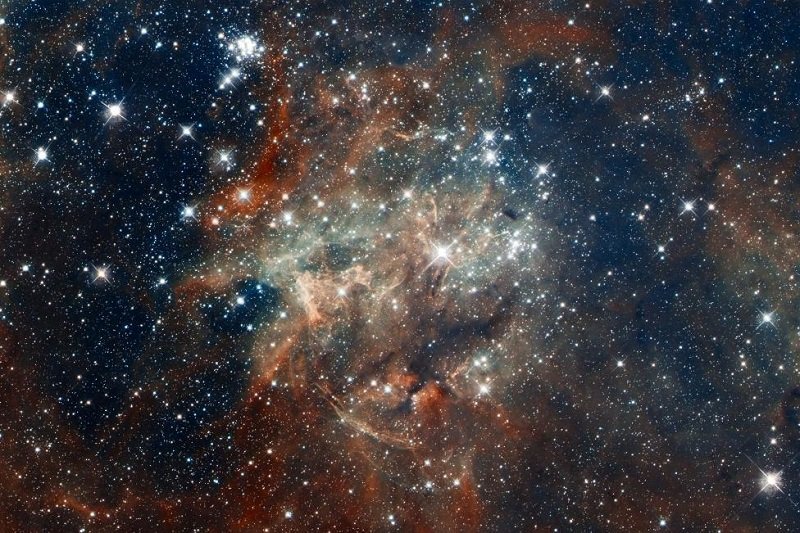
Star cluster NGC 2060, a loose collection of stars in 30 Doradus, located in the heart of the Tarantula Nebula 170,000 light-years away in the Large Magellanic Cloud, a small, satellite galaxy of our Milky Way. REUTERS/NASA/European Southern Observatory/Space Telescope Science Institute/Hubble Space Telescope | April 20, 2012
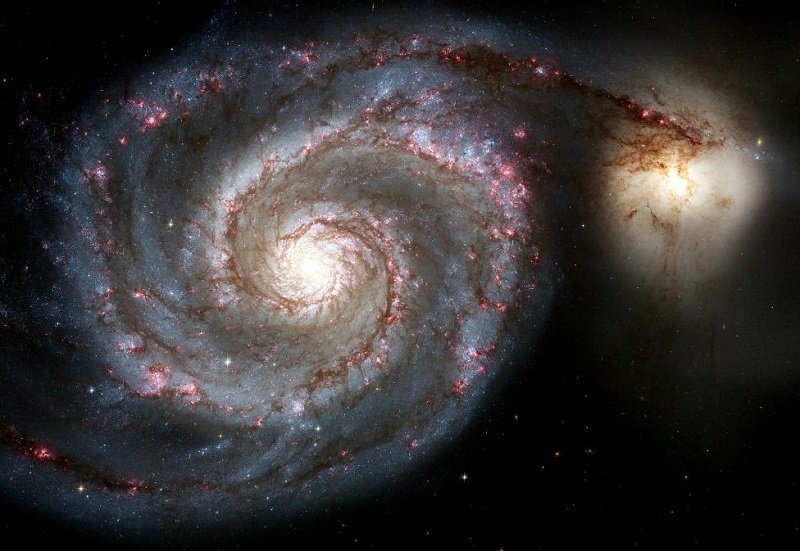
A view of the Whirlpool Galaxy’s curving arms where newborn stars reside and its yellowish central core that serves as home for older stars. REUTERS/NASA | February 06, 2006
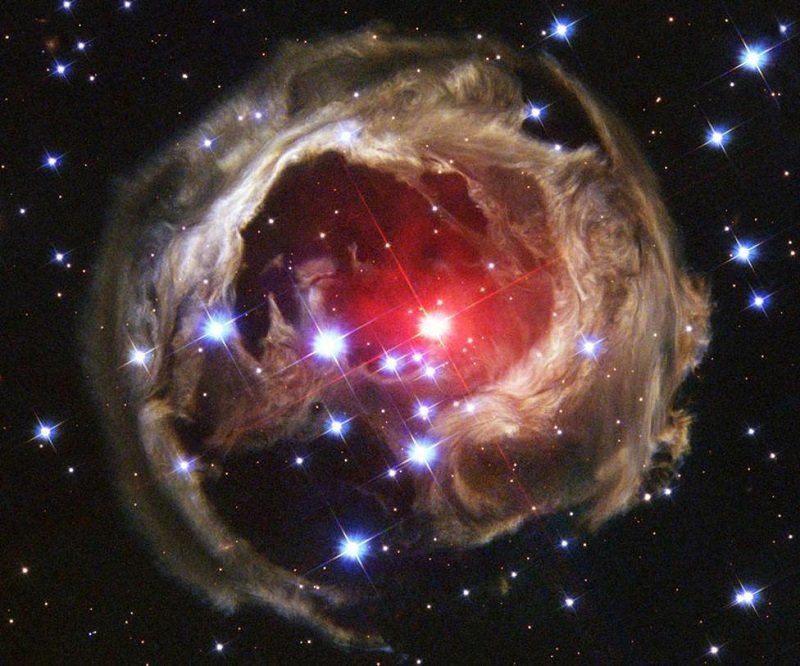
Star V838 Monocerotis’s – V838 Mon – light echo, which is about six light years in diameter. REUTERS/ NASA, ESA, H. E. Bond (STScI) | December 04, 2011
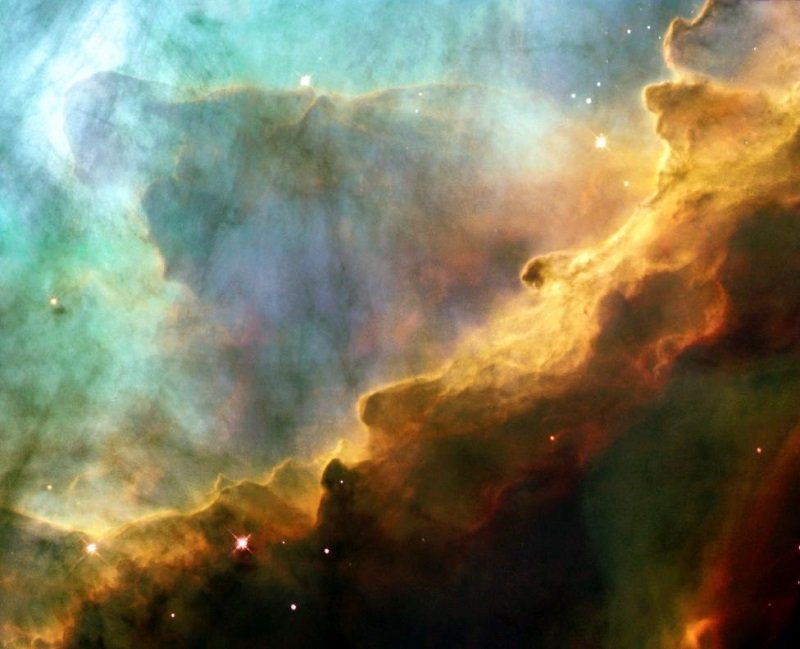
An image of a small region within a hotbed of star formation M17, also known as the Omega or Swan Nebula, located about 5,500 light-years from Earth in the constellation Sagittarius. REUTERS/NASA/ESA/J. Hester | May 23, 2009
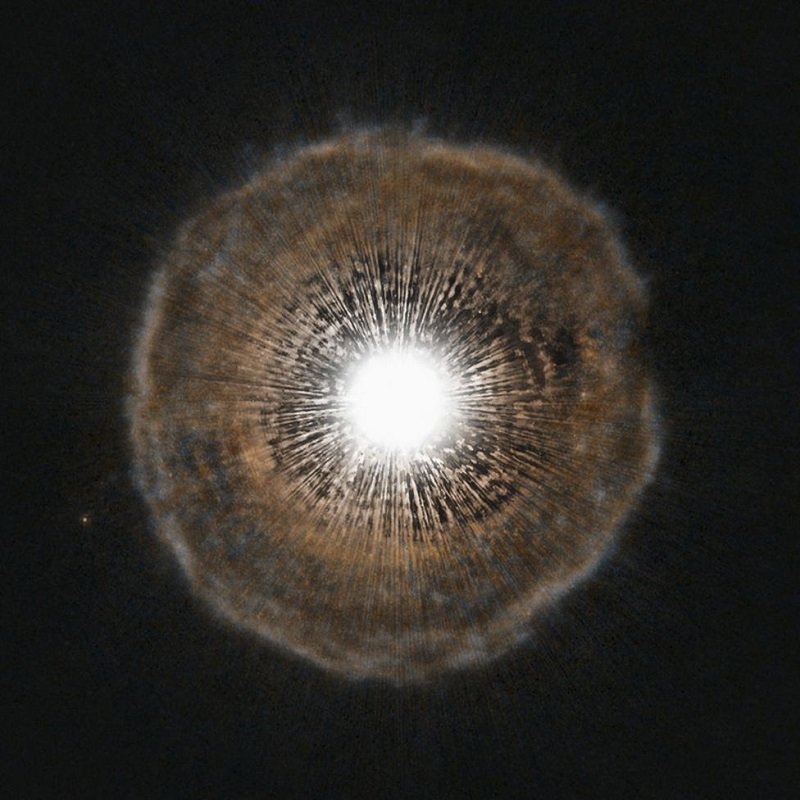
U Camelopardalis, or U Cam for short, a star nearing the end of its life located in the constellation of Camelopardalis, near the North Celestial Pole. REUTERS/ESA/Hubble, NASA and H. Olofsson | July 08, 2012
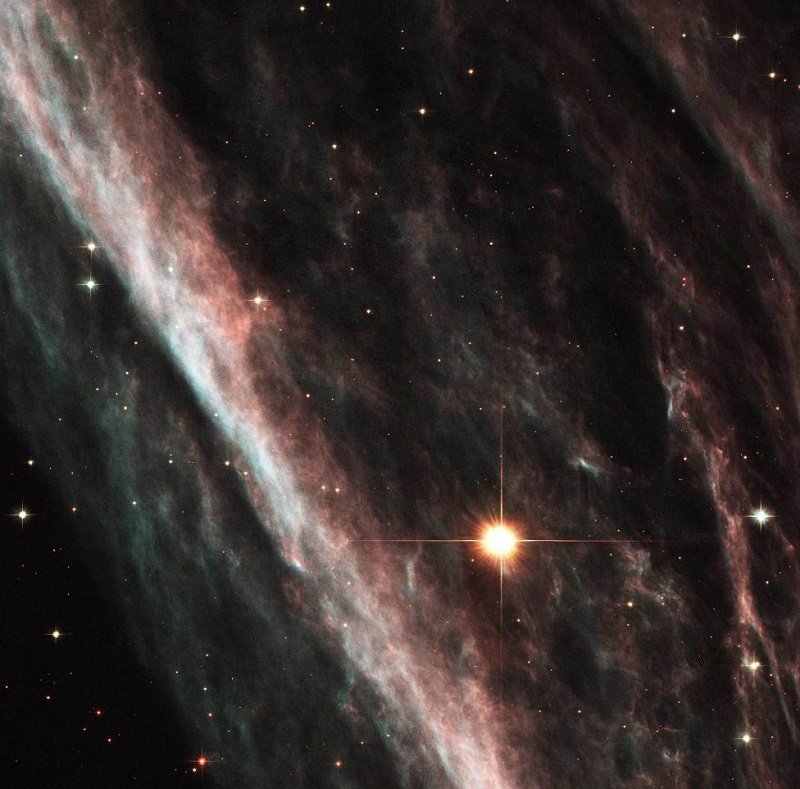
An image of the Pencil Nebula shows remnants from a star that exploded thousands of years ago. REUTERS/NASA | February 08, 2006
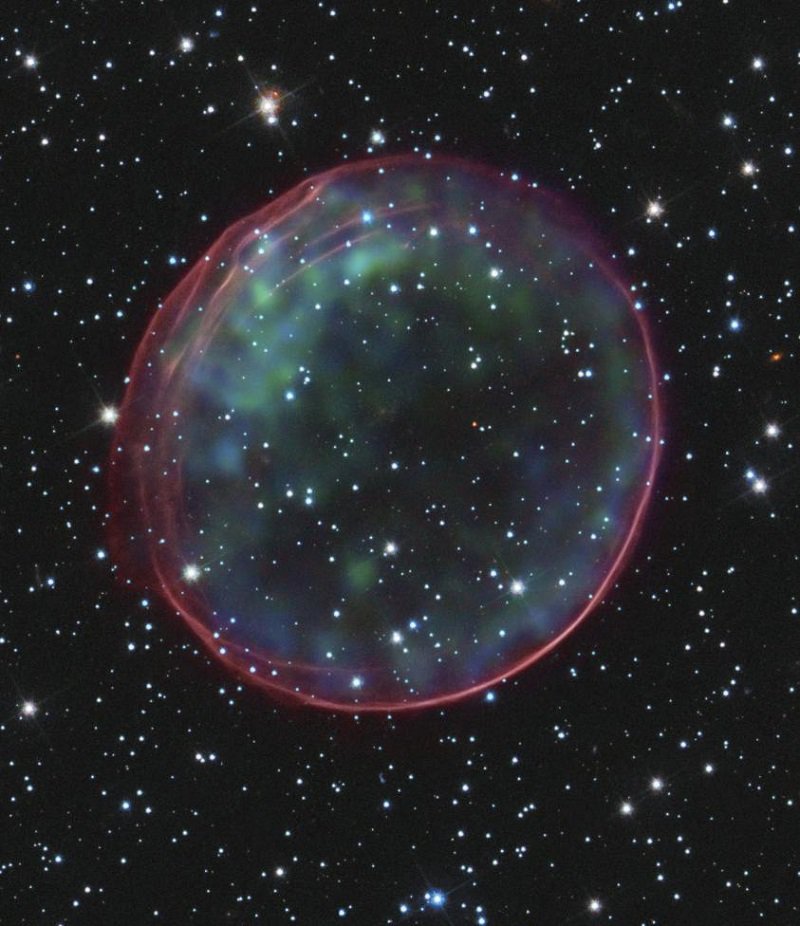
Supernova remnant 0509-67.5, located in the Large Magellanic Cloud, a small galaxy about 170,000 light-years from Earth. REUTERS/NASA, ESA, CXC, SAO, Hubble Heritage Team | January 12, 2012
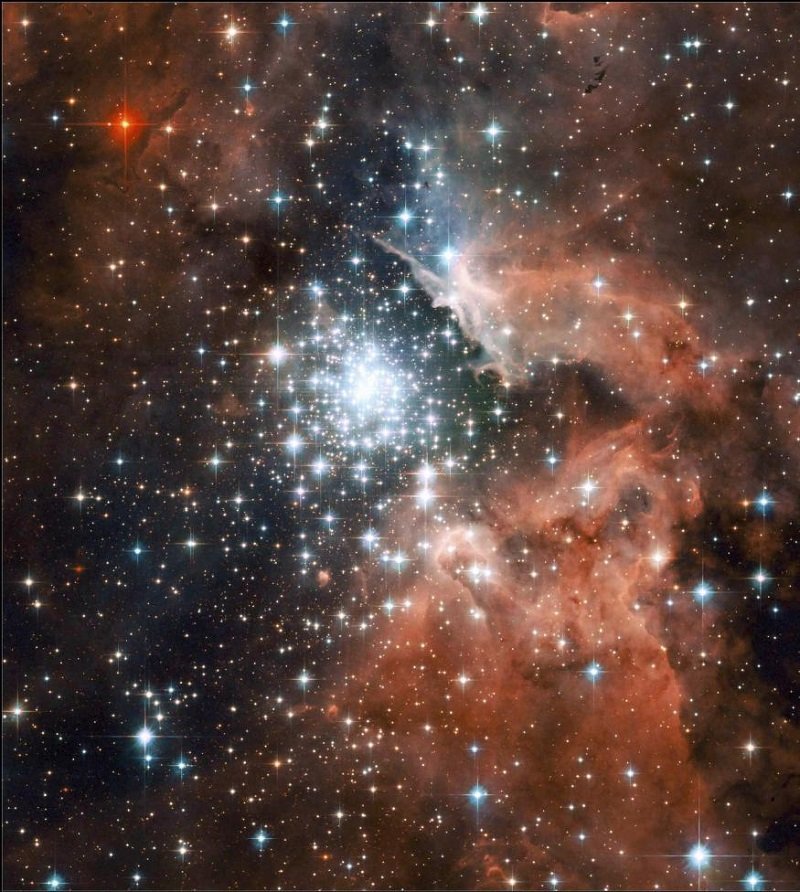
An image shows a giant star-forming nebula with massive young stellar clusters. REUTERS/NASA, ESA, and the Hubble Heritage/Handout | October 03, 2007
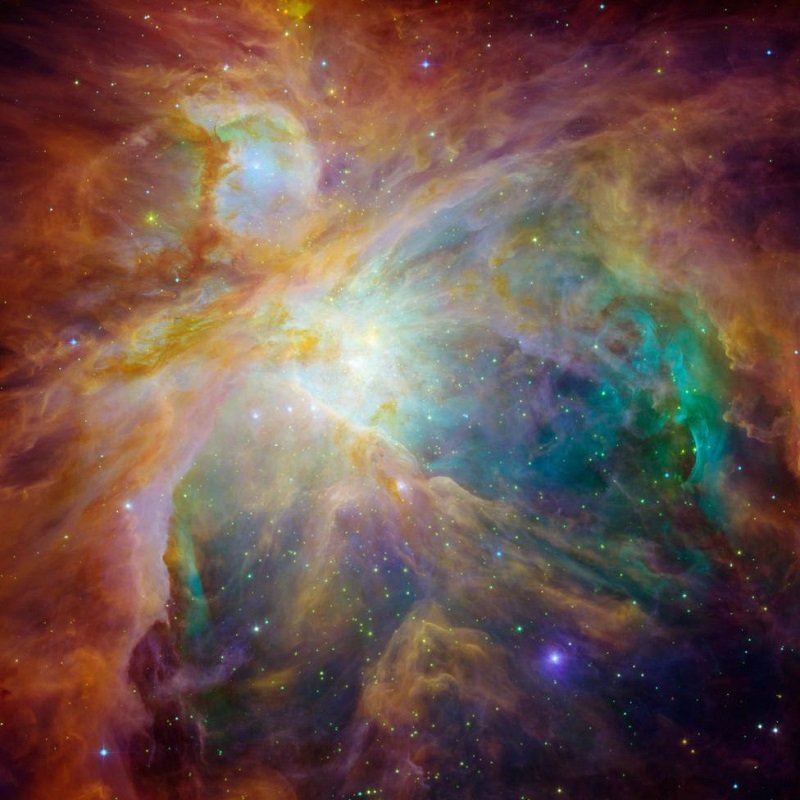
An image of the Orion nebula shows four monstrously massive stars at the center of the cloud. REUTERS/ NASA/JPL-Caltech/T. Megeath/University of Toledo/M. Robberto/STScI | November 08, 2006
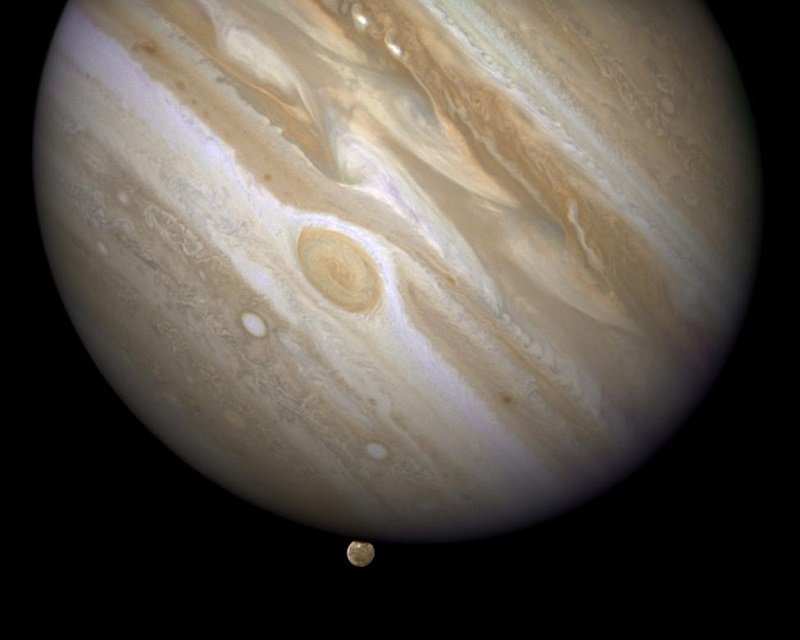
The planet Jupiter is shown with one of its moons, Ganymede (bottom), in this NASA handout taken April 9, 2007. Scientists using the Hubble Space Telescope have confirmed that the Jupiter-orbiting moon Ganymede has an ocean beneath its icy surface, raising the prospects for life, NASA said. REUTERS/NASA/ESA and E. Karkoschka | March 13, 2015
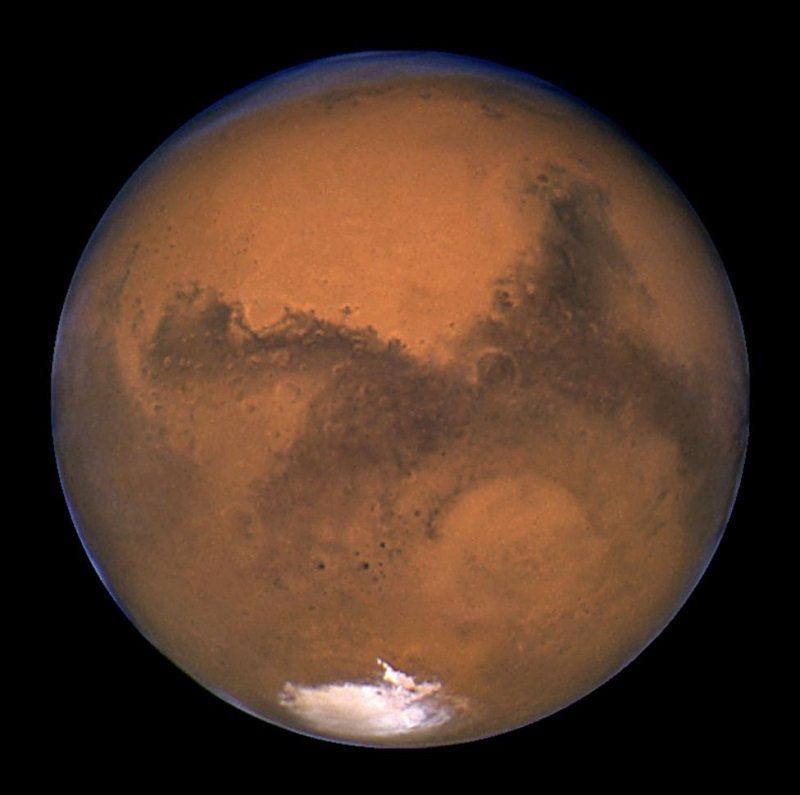
A view of Mars made from a series of exposures taken over a fify-two minute period. REUTERS/J. Bell/Cornell U/and M. Wolff | May 23, 2009
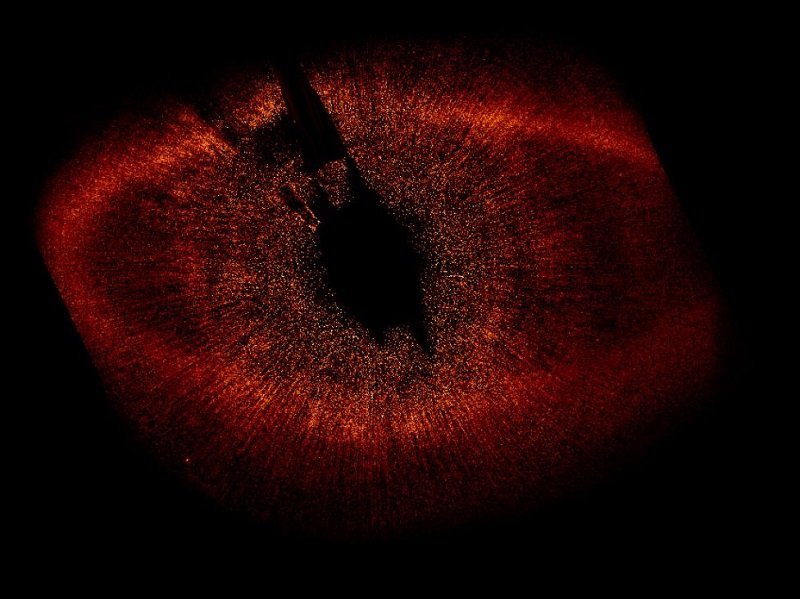
The first visible-light snapshot of a planet circling another star. Estimated to be no more than three times Jupiter’s mass the planet, called Fomalhaut b, orbits the bright southern star Fomalhaut, located 25 light-years away. REUTERS/NASA/ESA | November 14, 2008

















